Hello there everyone. I don’t usually show what’s behind the images I take, but people (and friends!) have been asking me a lot about how I made certain images and which camera I used. So now, get ready to learn some stuff.
Ideally this should be a somewhat lengthy post but I’m keeping this short and less tedious for those who enjoy ice cream and pasta than lenses and shutter speeds. Let’s start with the first camera, a Nokia smartphone.
Nokia N73

This 3.2 megapixel camera phone does not only shoot crisp images but also excels in focusing on subjects, thanks to the Carl Zeiss lens and technology. There is no better way to explain this than to use actual shots.

I snapped this photo while I was on a hike in the mountains of Igbaras. It may not be the best image quality to expect but the color depth well exceeds my expectations. Taking snapshots is all about preserving memories and I think the N73 did it well. I also used the same camera for a special project called “The MicroWorlds.”
Mounted on a microscope, the Nokia N73 is your amazing friend. Of course these images were processed to reach the project’s objectives, but the thing is that the Carl Zeiss technology is pretty impressive to focus on the right things and preserves awesome details. With the images above, I believe you can agree with that.
ASUS ZenFone 5
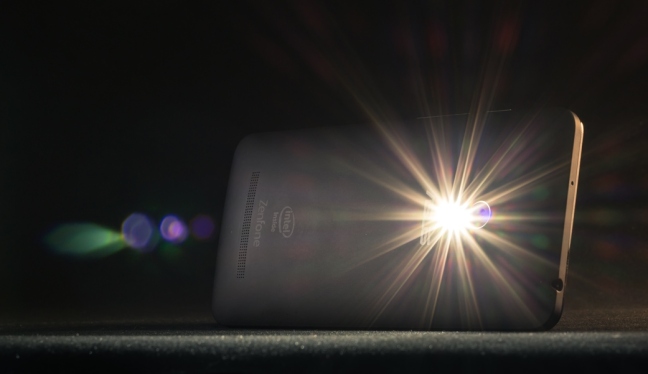
So I got a newer phone back then (and it feels old now). I tried doing the same project that I did with the Nokia N73 but the ZenFone does not seem to enjoy it a bit. Now I’m using it for what it does best: Instagrammable photos. Take a look at the few shots below.
Objects, food, and trips are some of the best subjects for the ZenFone. I’ve noticed it handles images well under good moderate lighting only; that is, this camera phone is not a friend with sunsets.
And, for students of life sciences who do imaging studies, you might ask how well it goes with the microscope. I have to say it doesn’t do too well. I have to process the images a little bit further just to get a decent result and there’s no guarantee the process will always work. You might consider using an iPhone to get better results. Anyway, the image below is one of the best I got so far:
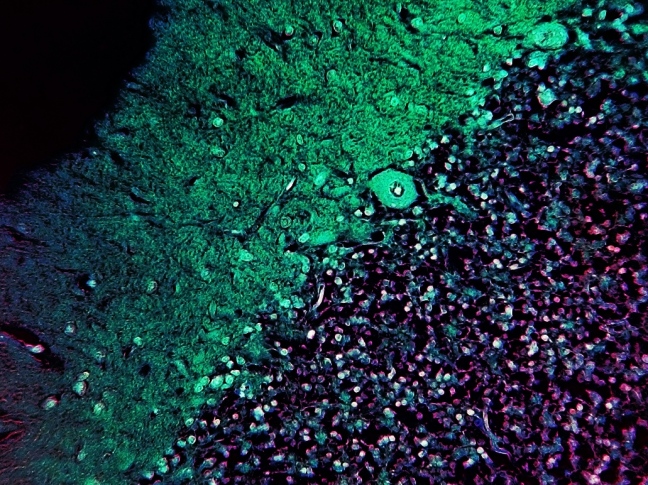
A quick inspection shows some aberration at the edges of the image and some lack of cellular details. This is due to the graininess of the image that details tend to disappear. But not too bad for a Php7000.00 camera phone, right? Let me know what you think in the comments section below.
Let us now talk about real dedicated cameras.
Everyone, please welcome the Canon PowerShot SX10 IS.
Canon PowerShot SX10 IS
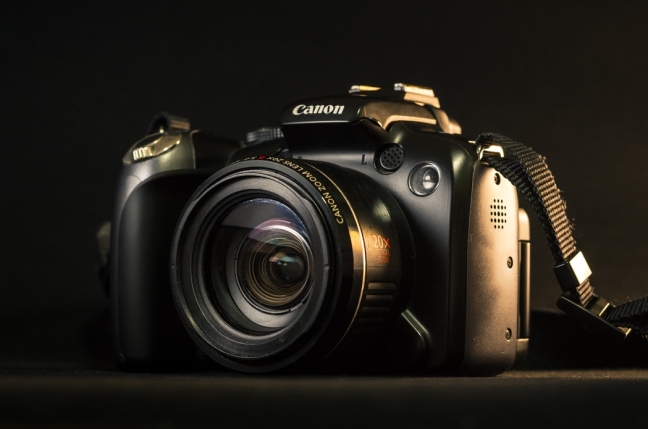
Even if I’ve been using a true dSLR nowadays, this bridge camera is a legend. With a quality of point-and-shoots wielded into a body resembling SLRs, the Canon PowerShot SX10 IS allows you to experience a higher sphere in amateur photography. Not only that, it is equipped with a 10-megapixel sensor and a 20x super-zoom lens; features full manual mode and all the other creative modes; and a tilt screen. I have to say this camera is like a dSLR stuck inside a point-and-shoot body (or maybe otherwise?). If you can’t agree, check out what’s behind this camera:
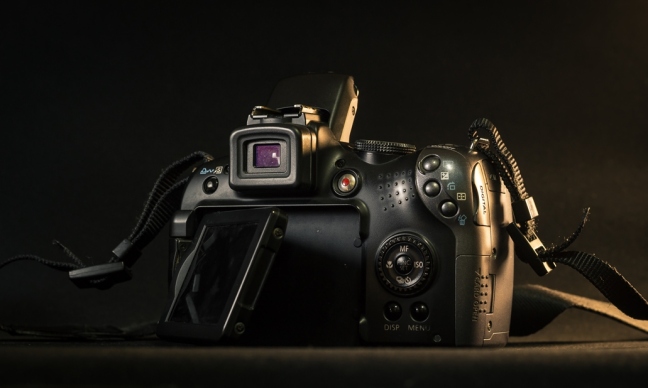
For a camera of its kind, this is some serious sophisticated technology. And there’s one feature that sets it apart from any cameras I’ve used until now. No, it’s not with the back. It’s with the lens:

The SX10 has a Super Macro feature which can focus at a very close distance—so close that it can focus the subject even if it is sitting on the glass of the lens itself allowing you to make wide-angle close-up shots. Here are six photos shot from Super Macro mode (a spider on the lens) to the telephoto end (moon behind clouds):
If you are into an adventurous and experimental experience in photography, this camera might be for you (and there are of course better options in the PowerShot series as of today).
Now let’s talk about something more familiar to you: a pocket compact camera.
Sony CYBER-SHOT DSC-WX500

Up until now, I’m still figuring out what makes this camera unique among the ones I’m already using. The WX500 is the newest in the collection, and there are actually a number of good things with it. This point-and-shoot camera has a 30x super-zoom lens and does well with wide angles. It has a CMOS sensor, so the quality of images are almost always promising. If you are a traveler and just wants to snap pictures of trips to make memories, this camera is for you.
Not too long ago, I visited a place situated in lush nature. Below are two of my favorite shots:
The 18.2-megapixel sensor with the ZEISS lens is a really good combination—sharp shots with good dynamic range. With a touch of post-processing, most would not even think the images above were shot with a compact camera.
Then there’s the real one. It may be entry-level, but it sure is one of a kind for its size. Welcome the Canon EOS 100D.
Canon EOS 100D
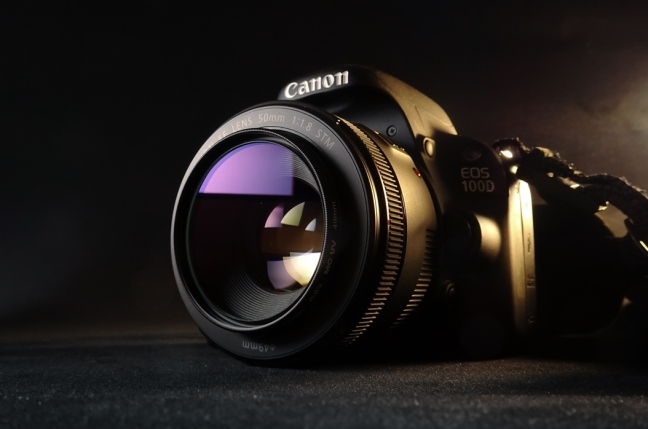
This is the smallest APS-C dSLR. Yet with big results. Landscape, nature, sky and astrophotography, food, architecture, portrait–you name it, this camera can do it with the right lens and the right photographer. Plus, it is not too expensive.

I won’t go into nerdy details for this camera for now, and I think its capabilities are best explained by a gallery of photos:
There’s just something about this camera that makes you go wow. Is it the dynamic range of colors? I’m not sure. It could also be the lens that was used. Or the composition. Or the subjects themselves. All I’m sure of is that this is an awesome entry-level dSLR. Hands down.
Final thoughts
Different cameras make different results. You just have to know your camera and understand its strengths and weaknesses. Whether it is a smartphone or a dSLR, you can make good results by talking with your camera.
-Josh.






























